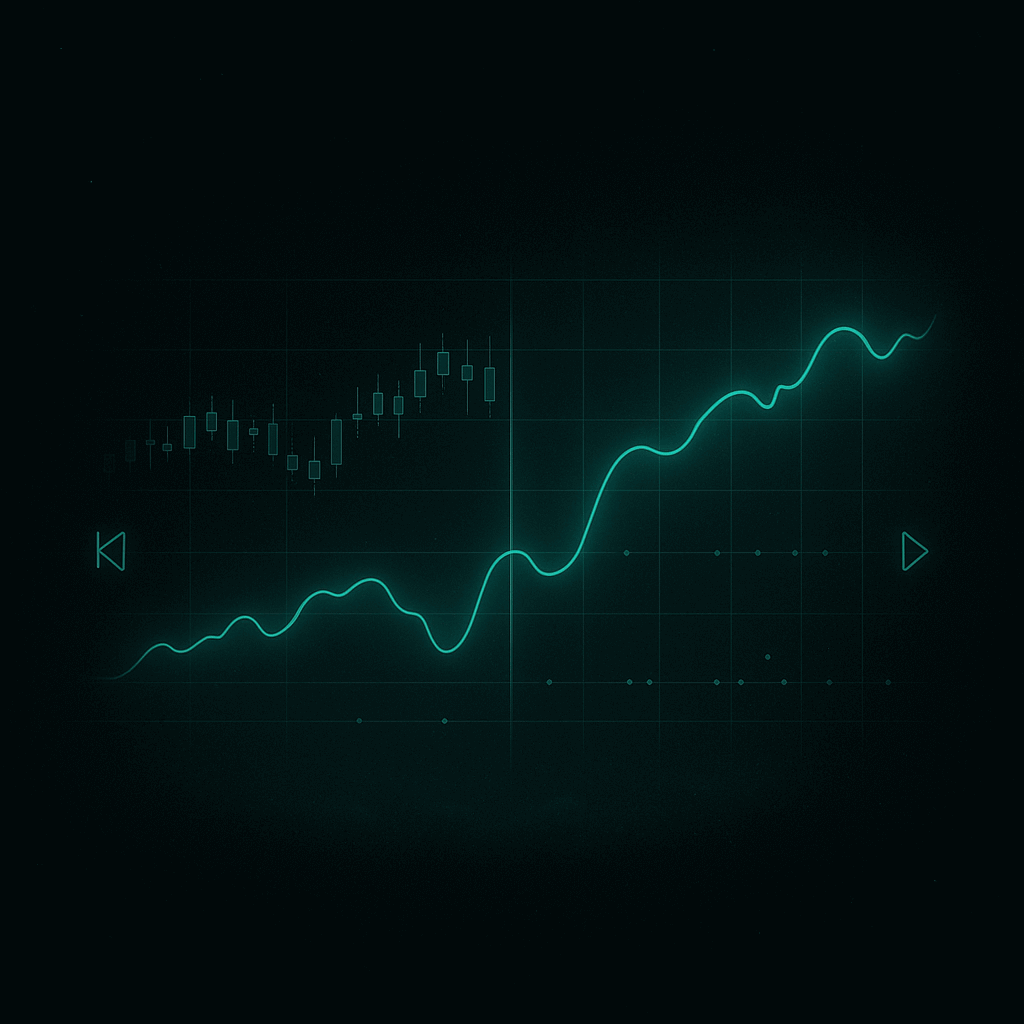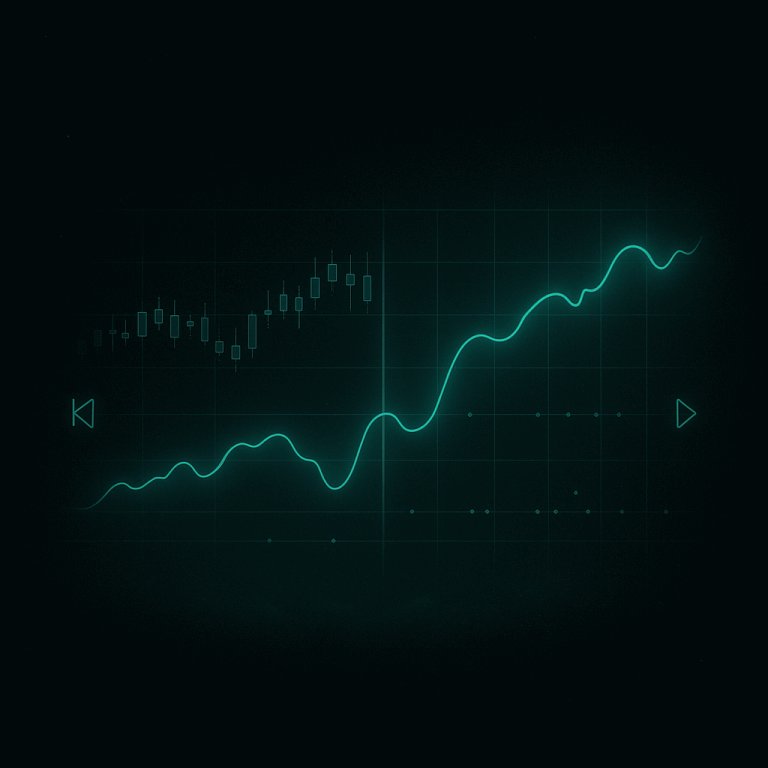Backtesting is an essential part of algorithmic trading, but it is not a crystal ball. Even the most perfect backtest does not guarantee future profits. Understanding the limitations of backtesting helps traders set realistic expectations and avoid costly mistakes.
1. Markets Change Over Time
Backtests use historical data, but markets evolve. A strategy that worked during a trending market may fail in sideways conditions.
- Example: A trend-following system that was profitable in 2020 may struggle in 2023 when volatility changes.
- Solution: Always test strategies across multiple market regimes.
2. Data Quality Issues
Historical data is never perfect. Missing ticks, bad timestamps, or artificial price spikes can distort results.
- Solution: Use clean, professional-grade data and double-check for errors before testing.
3. Trading Costs Are Often Underestimated
Backtests without realistic spreads, commissions, and slippage look great on paper but lose money in real trading.
- Solution: Include conservative assumptions about costs. It is better to underestimate profits than to overestimate.
4. Overfitting Risk
Optimizing too many parameters makes a system fit the past but fail in the future.
- Solution: Keep strategies simple, use out-of-sample testing, and apply walk-forward analysis.
5. Psychology Is Not Tested
Backtests don’t measure how a trader reacts to losses. A system may be profitable long-term but still cause stress during drawdowns.
- Solution: Study max drawdowns, losing streaks, and ask if you can emotionally handle them.
6. Rare Events Are Not Fully Captured
Historical data may not include extreme events like flash crashes, pandemics, or wars.
- Solution: Stress test with scenarios of higher volatility, wider spreads, and sudden gaps.
7. No Guarantee of Future Profits
Backtests show probabilities, not certainties. They should be seen as simulations, not promises.
- Solution: Treat backtests as a tool for risk assessment and probability estimation, not as profit guarantees.
Conclusion
Backtesting is powerful but has limits. It cannot predict the future, only simulate the past. The best traders use backtesting together with forward testing, risk management, and continuous monitoring. By respecting its limitations, you turn backtesting into a reliable decision-making tool instead of a false promise.




